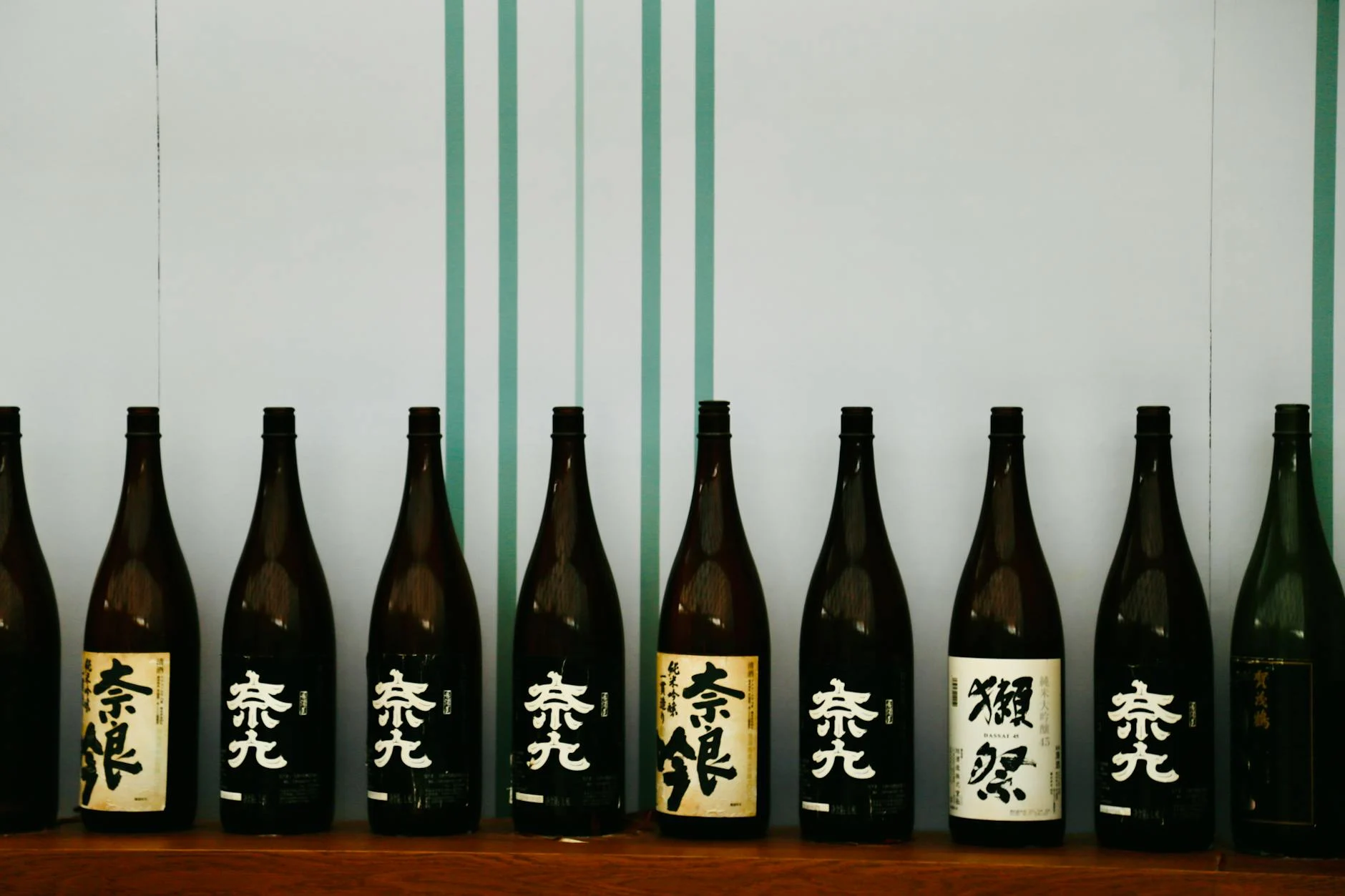Alongside traditional Japanese spirits such as sake and shochu—and amid the global rise of craft beers and natural wines—one quietly reemerging gem is drawing newfound attention: mirin. Long considered a foundational seasoning in Japanese cuisine, mirin is now being reappraised not merely as a cooking ingredient, but as a standalone tasting experience. With its complex sweetness born of fermentation and aging, its terroir-expressive ingredients, and the philosophical depth of its artisanship, craft mirin is poised to redefine Japan’s sweet palate traditions.
For many, the word mirin may still conjure the image of a kitchen staple—used to impart gloss and richness to simmered dishes, an unsung hero behind the scenes. But in its truest form, mirin is a fermented alcohol beverage in its own right, composed simply of glutinous rice, rice koji, and distilled spirits or brewed alcohol. Over months or even years of slow saccharification and aging, it develops a luxurious viscosity, layered sweetness, and aromatic nuance that invites appreciation far beyond the stove.
This sweetness is far from the overt simplicity of refined sugar. It is gentle, layered, and imbued with a soft grain-like warmth. As the starches in glutinous rice are gradually broken down by koji and saccharified in alcohol, mirin develops its signature “complex sugars.” This molecular richness creates a multi-dimensional sweetness—one that unfolds gradually on the palate and lingers with elegance. It doesn’t merely enhance flavors in cooking; it possesses a standalone depth worthy of savoring in its own right.
Driving this renaissance are Japan’s independent breweries and fermentation artisans—craftspeople dedicated to reviving mirin’s authentic character far beyond its traditional role as a seasoning. With meticulous attention to rice and koji selection, hands-on preparation, and long-term aging, they create amber-hued liquids with the gravitas of dessert wines or noble sweet sakes. Some offer notes of toasted nuts, others evoke the lingering echo of caramelized sugar. Increasingly, connoisseurs are sipping them neat, or pairing them with cheeses and roasted nuts—an elegant reimagining of mirin as a refined indulgence.
The growing presence of craft mirin is now making its way into sophisticated dining and beverage settings. In fine restaurants and bars, mirin is being served in elegant stemware—savored as a nuanced aperitif or as part of a non-alcoholic pairing experience. Creative applications are also emerging: a few drops drizzled over vanilla ice cream to deepen flavor, or used in place of sugar to add dimension to coffee. These innovations suggest an evolving appreciation for mirin as a new, refined form of sweetness.
This rediscovery of sweetness aligns seamlessly with modern gastronomic values. Amid growing concerns about excessive sugar consumption, there is a rising interest in “natural sweetness” and flavors derived from whole, unrefined ingredients. Rather than relying on processed sugars, today’s culinary artisans are turning to the gentle sweetness born of fermentation—embracing depth over intensity, and balance over excess. In this movement, mirin stands as a symbol of thoughtful indulgence, resonating across food, beverages, and even confections.
Traditional Japanese sweetness is imbued with a sense of seasonality and the quiet passage of time. In the world of wagashi—Japanese confections—sweetness is rarely expressed through refined white sugar. Instead, artisans turn to wasanbon (fine-grained cane sugar), mirin, and natural syrups, each carrying its own subtle nuance. These gentle sweeteners communicate more than flavor; they convey the essence of the ingredients, the region, and the philosophy of the maker.

The movement to “redefine” mirin also prompts a reexamination of what it means to be a seasoning. In Japan, foundational condiments such as mirin, soy sauce, miso, and rice vinegar are all born from fermentation—living elements shaped by regional climates, local ingredients, and centuries of artisanal technique. Like wine or sake, mirin expresses variation through terroir; its flavor profile shifts subtly depending on origin, climate, and craftsmanship. In this way, mirin may be best understood as a “liquid expression of place.”
Thus, craft mirin is far more than a sweetener—it is a core material at the heart of Japan’s fermentation heritage, now experiencing a timely renaissance. And as global curiosity turns toward nuanced, culturally rooted flavor traditions, mirin is emerging as the next ambassador of Japanese alcohol culture, following in the refined footsteps of sake. It is simultaneously a beverage, a sweetener, a seasoning, and a cultural artifact—its allure lying in this exquisite multiplicity.
As we move beyond the stereotypes of “sweetness as childish” or “sweetness as indulgence,” a new paradigm is emerging—one that views sweetness as complex, as cultural. Within this evolution, craft mirin is forging a quiet alliance between the sensory memory of Japanese taste and a new generation of refined sensibilities.





